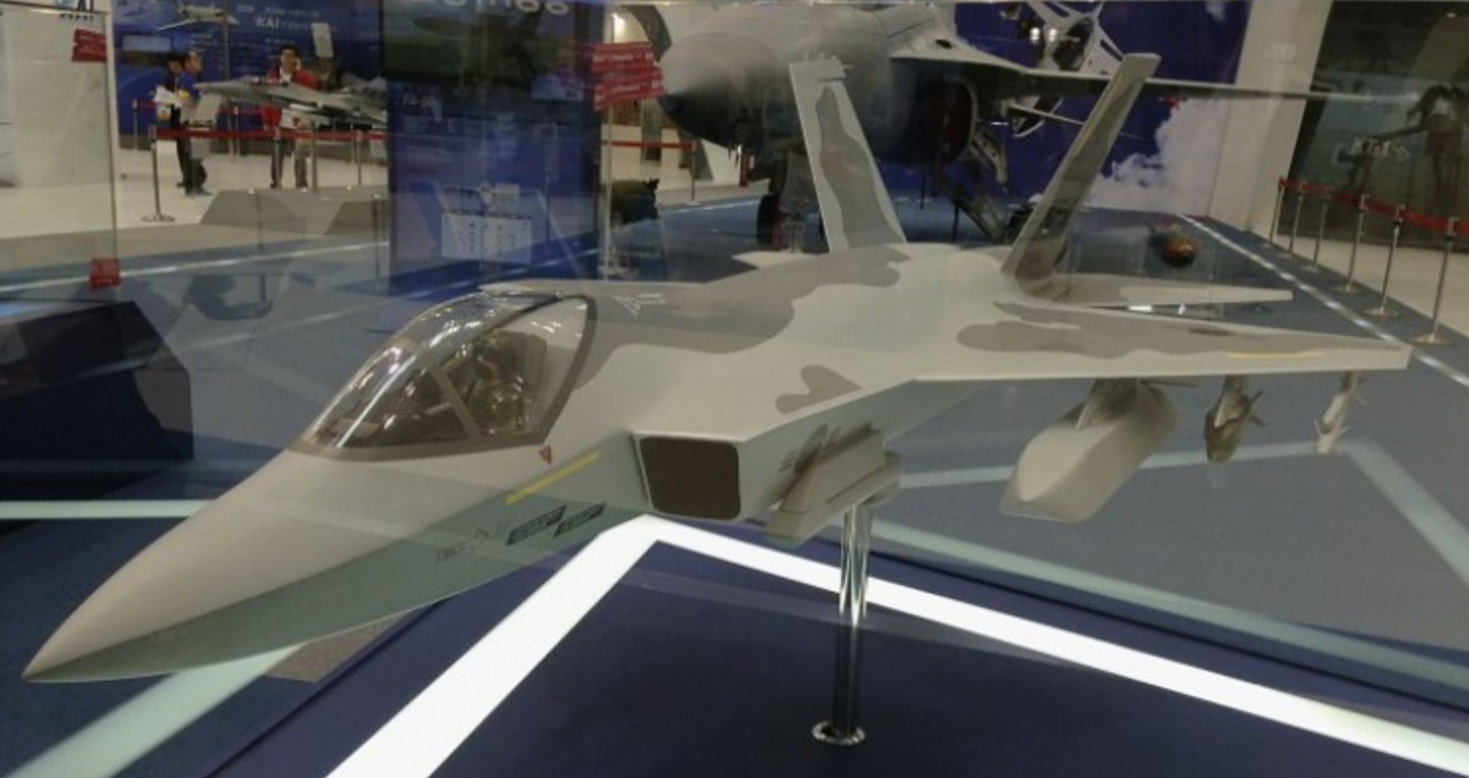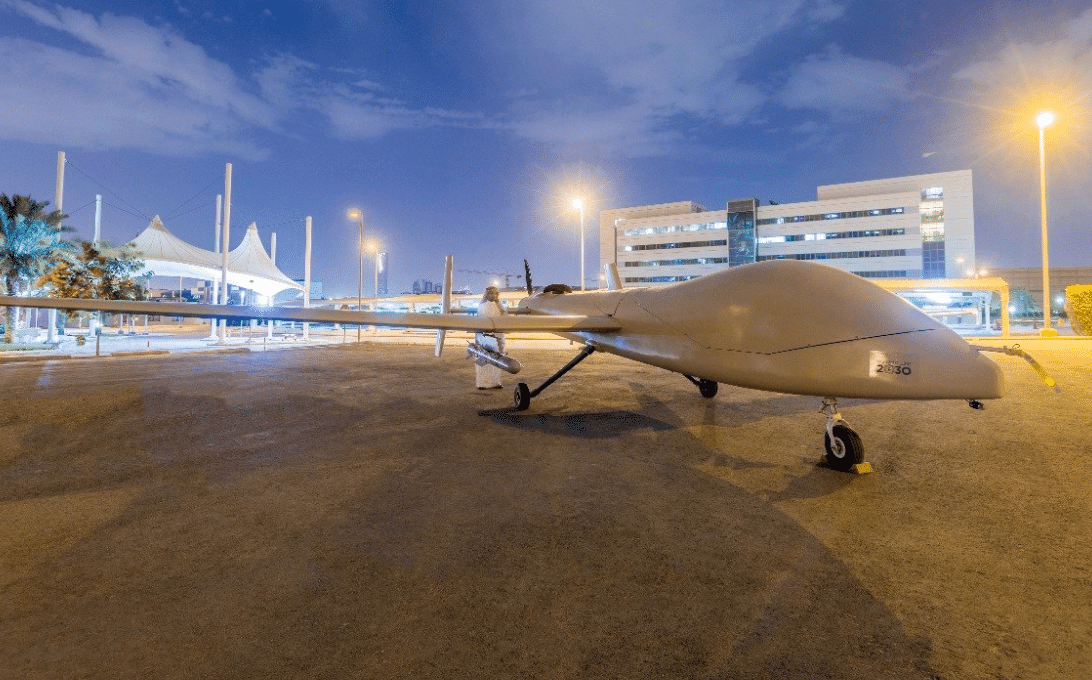3333Views 4Comments

KFX/IFX: South Korea and Indonesia’s Stealth Fighter
11 January 2016
By Bilal Khan
On 28 December 2015 South Korea’s Defence Acquisition Program Administration (DAPA) signed a $7.4 billion U.S contract with Korean Aerospace Industries (KAI) to initiate the development of the KFX (Korean Fighter Experimental), the South Korean Air Force’s (ROKAF)’s next-generation fighter (IHS Jane’s 360). As recently as last week on 08 January, Indonesian Aerospace (PTDI) signed onto the KFX as a partner (sharing 20% of the development costs) (Flight Global).
Destined to one day begin replacing the ROKAF’s F-16s, the KFX (and IFX in terms of Indonesia) could have a real opportunity at replacing many of the world’s F-16s in the late 2020s and early 2030s. Granted, it would be disingenuous to pass a judgment this early, but as it stands today, there do not seem to be any viable post-F-16 options outside of the F-35 and FC-31. Moreover, for countries predisposed to Western technology, but lacking in the political and/or financial currency to access the F-35, the KFX/IFX may very well be one of the leading options.
Background
In the late 2000s and early 2010s, South Korea began to seriously push the idea of an indigenous next-generation fighter into the developmental stage. Defense Industry Daily has a very good timeline of events outlining the stages of the conceptualization phase, but the short of it is that there was a key revision on the part of ROKAF whereby cost feasibility was given preference over absolute performance. While intermittently framed as a ‘4.5 generation semi-stealth fighter,’ the decision to ultimately play it relatively safe (in as far as developing an entirely new fighter aircraft for the future) may prove to be the right one in the end. Granted, this is not going to be a “cheap” fighter by any measure, but ‘affordable’ relative to the advances and benefits it brings to the table is well within the realm of possibility.
In Summer 2011 Indonesia signalled its willingness to join the program, and in Fall 2011, the KFX was conceptualized as a medium-weight twin-engine fighter that is “more agile than a Lockheed Martin F-16″, and paired with “an advanced sensor suite and fusion software on a part with … [the] new-generation F-35” (Flight Global). In specific terms, the KFX was envisaged to use HOTAS [hands-on-throttle-and-stick] HMD/S [helmet-mounted display and sight] with mounts for night vision (Flight Global). Moreover, South Korea announced that it would develop a range of air-to-air and air-to-surface munitions for the fighter (Flight Global). The KFX would also require foreign sourced turbofan engines (likely GE414, but possibly EJ200 from Europe); some key elements of the sensor suite would also be imported (Flight Global).
On March 2015 the KFX contract was awarded to a joint-bid made by KAI and Lockheed Martin (IHS Jane’s 360), who supported KAI in the development of the T-50 and FA-50. However, in Fall 2015, the U.S refused to transfer 4 of the 25 technology elements South Korea requested in support of the KFX (IHS Jane’s 360). This obstacle prompted South Korea’s DAPA to greenlight the development (or alternative acquisition) of the requisite technology needed to source the active electronically scanned array (AESA) radar, electro-optical/infrared (EO/IR), infrared search and track (IRST) and electronic warfare (specifically digital radio frequency memory or DRFM) (Defense Industry Daily).
Market Potential
In December 2015, development had formally commenced; it is expected that its development will conclude in 2026, with initial deliveries set for 2028 (IHS Jane’s 360). South Korea and Indonesia’s requirements (120 and 80 aircraft, respectively) aside, the potential customer base for this fighter would likely still need be on good terms with the U.S, especially since a key proportion of the technology used will be American. Current users of modern American equipment outside of the F-35 program (or uninterested in it) would be the ideal candidates, though it would be a case-by-case matter. For example, exportability to Morocco would probably be much easier than Pakistan (considering the latter’s complex relationships with the U.S and China, each with their own issues in as far as arms vendors are concerned).
The inherent conservatism around the design and expectations of the KFX make the idea of a relatively attractive cost a real possibility. For example, the turbofan engines will likely be acquired off-the-shelf from General Electric or the EuroJet Turbo GmbH consortium. In other words, engine development is not something KAI or PTDI will have to concern themselves with, they can take a comparatively low-risk route and still emerge with a quality engine solution. The onboard sensor and electronics suites are less certain considering that they would be developed in South Korea, but in the case that cost or complexity is an issue, it should not be impossible for ROKAF and/or prospective export customers to acquire off-the-shelf solutions from firms such as Saab, Thales, Selex-Galileo or Elbit Systems. The less vertically integrated the solution and more open for customization, the better it will be for KAI and PTDI.
Fighter Potential
There is not much to say at this stage given that the aircraft is in development, but as a platform for the future, the design is credible. The KFX is a twin engine fighter with a low-observable design that will accommodate an internal weapons bay for a future iteration. Internally, the radar and onboard electronics suite will be up to par with current and emerging trends, e.g. AESA radars, IRST, HMD/S and DRFM-equipped EW kits. In the end, the KFX has considerable promise, but only time will tell how it lives up to them. The fighter’s development is definitely worth following.



4 Comments
by jigsaww
A jet fighter made with US export control will never make it to free market.
At the end of the day US will control the export, price, ammo, and operation restrictions.
Also, every important ally of US, is pursuing its own 5th gen program with US dependence, namely japan and south korea, and turkey, (etc?). The best strategy seems to be coming from Israel to lobby US to allow huge modifications in F-35 to create F-35I (but Israel has leverage to do that).
This jet or turkish or japnese 5th gen jets, will not sell anywhere except to originating countries. US might never even allow non-US weapons on it, in which case this is as good as a fruit cake.
At the end of the day, such programs are merely tools of crafting US politics and policies in respective regions.
What i would be interested in is what France will bring out in its 5th/6th gen program…
by saqrkh
I’d say the the KFX is a good option for countries with good ties with the U.S., and I don’t think it’ll be vertically integrated in terms of forcing users to buy American weapons. FA-50 users can equip their fighters with Israeli and European munitions.
That said, Turkey is developing the TFX with BAE’s expertise on hand, so that could end up being an alternative Western-oriented platform. The good thing about the TFX is that it is a pure Turkish investment, so even though it draws on British expertise, that expertise is an acquisition by Turkey, not a contribution by Britain. This will help with the TFX’s exportability.
by Muhammad Shahid
As now all important/big countries are now going for 5th Gen stealth fighter crafts, where you see Pak stands? Till when we can have ours? and what can be our best choice?
by jigsaww
Ok. Let’s see. Though i strongly believe that at the end both will be restricted by British and American export controls or mere politics where US does not even require a single bolt in TFX but still influence blocking the sale to any country it wants. I doubt Pakistan would ever be able to buy either any korean or turkish 5th gen fighter. US/UK will never allow that. Revisit of Gripen. It’s possibly true for many countries. The countries that are considered strong US allies will simply not buy these planes but will go for direct american jets for many reasons.